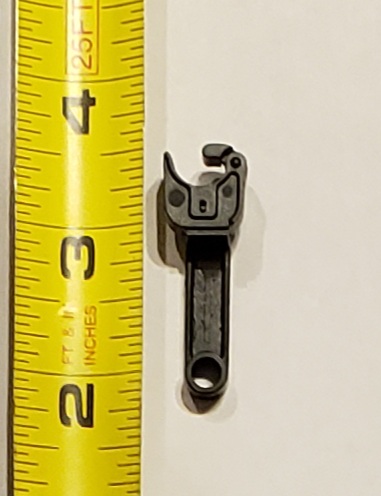This doesn't answer the question about 3d scanners, but there's nothing particularly complicated about a bell. It's simply generated from a revolve of a 2d profile, rather than an extrude. But I get what you are saying, complicated objects, usually meaning castings in my case, might be easier to recreate with a 3d scanner. Of course you need to have the part to scan in the first place, which can be a problem in itself. Something like this EMD jacking pad would have been a good candidate for scanning, with its compound curves.

For 3d scanning, I know that the Apple Ipads include some sort of scanning capablitiy, it may be Lidar. Not an Apple guy, so only going on what I've read. But I do know that Modelu in the UK uses an Ipad to scan real people and then turn that data into 3d prints for O scale figures and other items. The items I've seen are quite good, so the technology must work fairly well.
Jim






